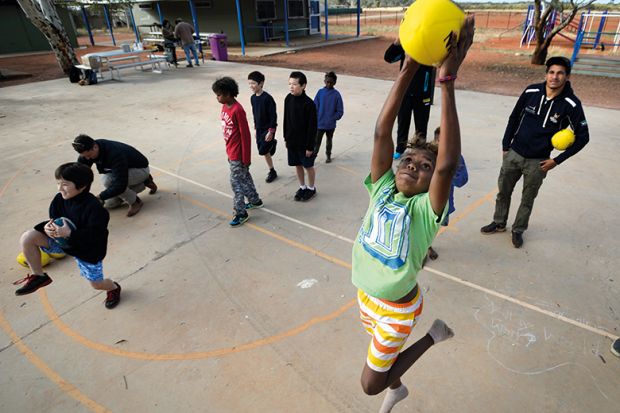Australian efforts to diversify university student cohorts appear set for a shake-up, after new education minister Jason Clare adopted equity as his raison d’être.
Mr Clare has committed A$20.5 million (£11.7 million) over four years to expand the work of the National Centre for Student Equity in Higher Education (NCSEHE) at Curtin University. “I want to see real results…the sorts of things that will really shift the dial,” he said.
The commitment more than quadruples the budget of the federally funded centre, whose last lifeline – A$4.5 million in 2018 – expired last year, leaving Curtin to maintain the centre through in-kind support and a succession of short-term staff contracts.
Most recently, employees have been granted six-week “interim” extensions until mid-August, by which time Curtin hopes the government’s new contract for the centre will have been “executed”.
Curtin said it expected the “new” centre to be “quite different, albeit with some continuity with the past and using the research accumulated to date”.
While Mr Clare’s pledge multiplies government spending on equity research and policy, it is a tiny fraction of spending on equity practice. Since 2010, Canberra has invested almost A$1.5 billion on strategic initiatives to boost higher education participation among under-represented groups such as Indigenous, rural and low socio-economic status (SES) Australians.
This figure may be a fraction of what is really needed. An “economies of scale” study funded in 2017 found that low-SES undergraduates cost six times as much to teach as their wealthier counterparts.
Equity is unfinished business from Labor’s last term in government. Its goal for 40 per cent of young adults to have degrees was realised six years before deadline, but a related target – for low-SES students to comprise 20 per cent of undergraduate enrolments – was never achieved.
For Mr Clare, this is personal. “I’m the first person in my family to finish high school,” he said at a Universities Australia event. “I don’t want us to be a country where your chances in life depend on your postcode, your parents or the colour of your skin. But if we’re true to ourselves, we’ll acknowledge that that’s where we are now. I’m not naive. I know this is hard to fix.”
NCSEHE director Sarah O’Shea, who outlined broad remedies in The Conversation, said the measures “should be informed by significant research in this field”. But much research to date has remained under wraps.
Full reports from the “economies of scale” study and four projects funded in 2018, collectively attracting well over A$1 million, have never been published. A “Student Equity in Higher Education Roadmap”, promised by the former government in 2020 and scheduled for release last August, has never materialised.
The current government says that the expanded NCSEHE will have responsibility for evaluating equity programmes. Practitioners say this is much needed, with the A$1.5 billion spent to date not subjected to “any coordinated or comprehensive evaluation into overall effectiveness or impact”.
But the education department would not say whether the newly funded centre would make use of a 221-page “Student Equity in Higher Education Evaluation Framework” quietly released in March.
Professor O’Shea said she did not expect such resources to go to waste, with the framework providing an “excellent scaffold” for institutions to design evaluations of their equity programmes.
“I do believe the focus will be on the translation of the excellent research already undertaken by the NCSEHE,” she said.





